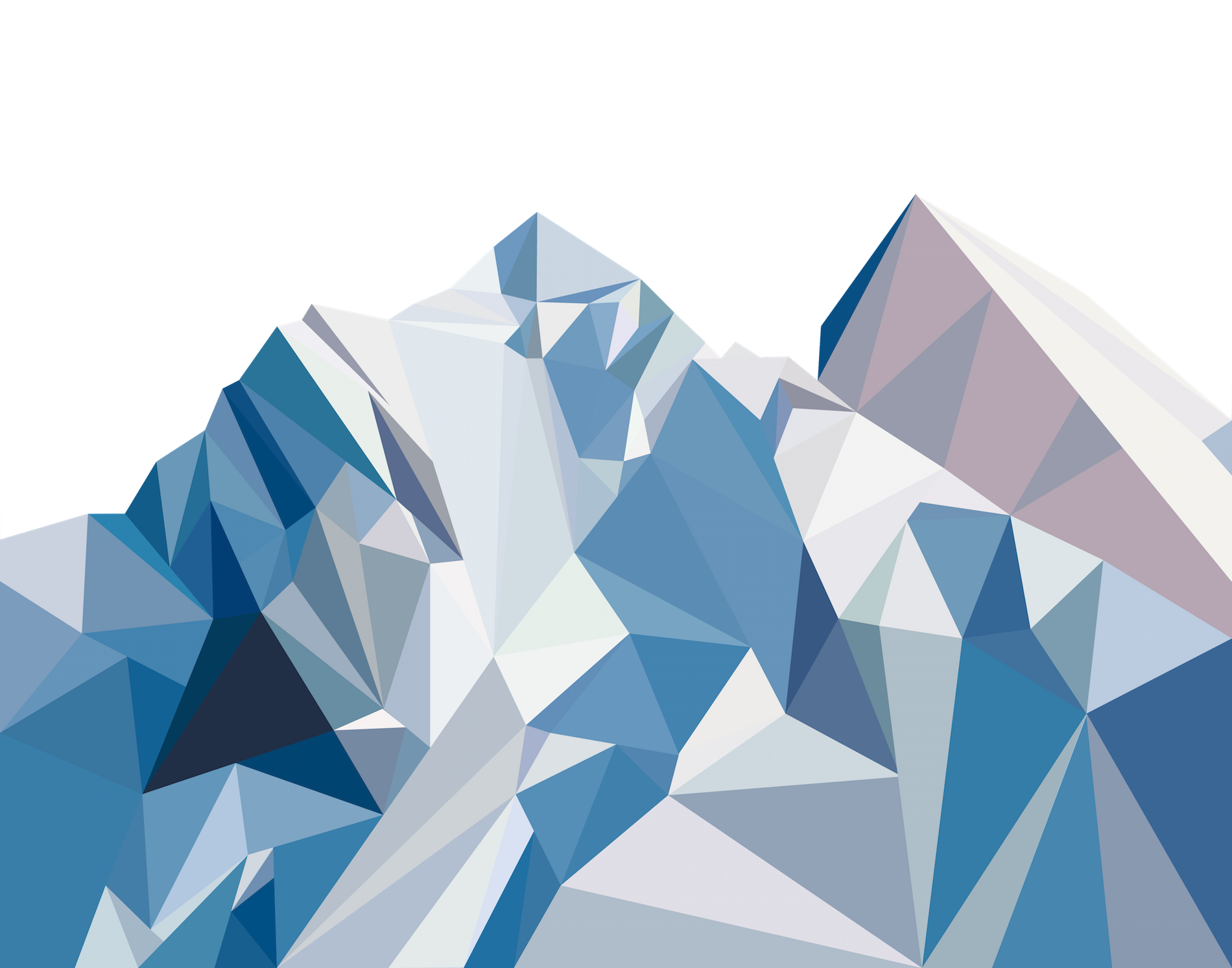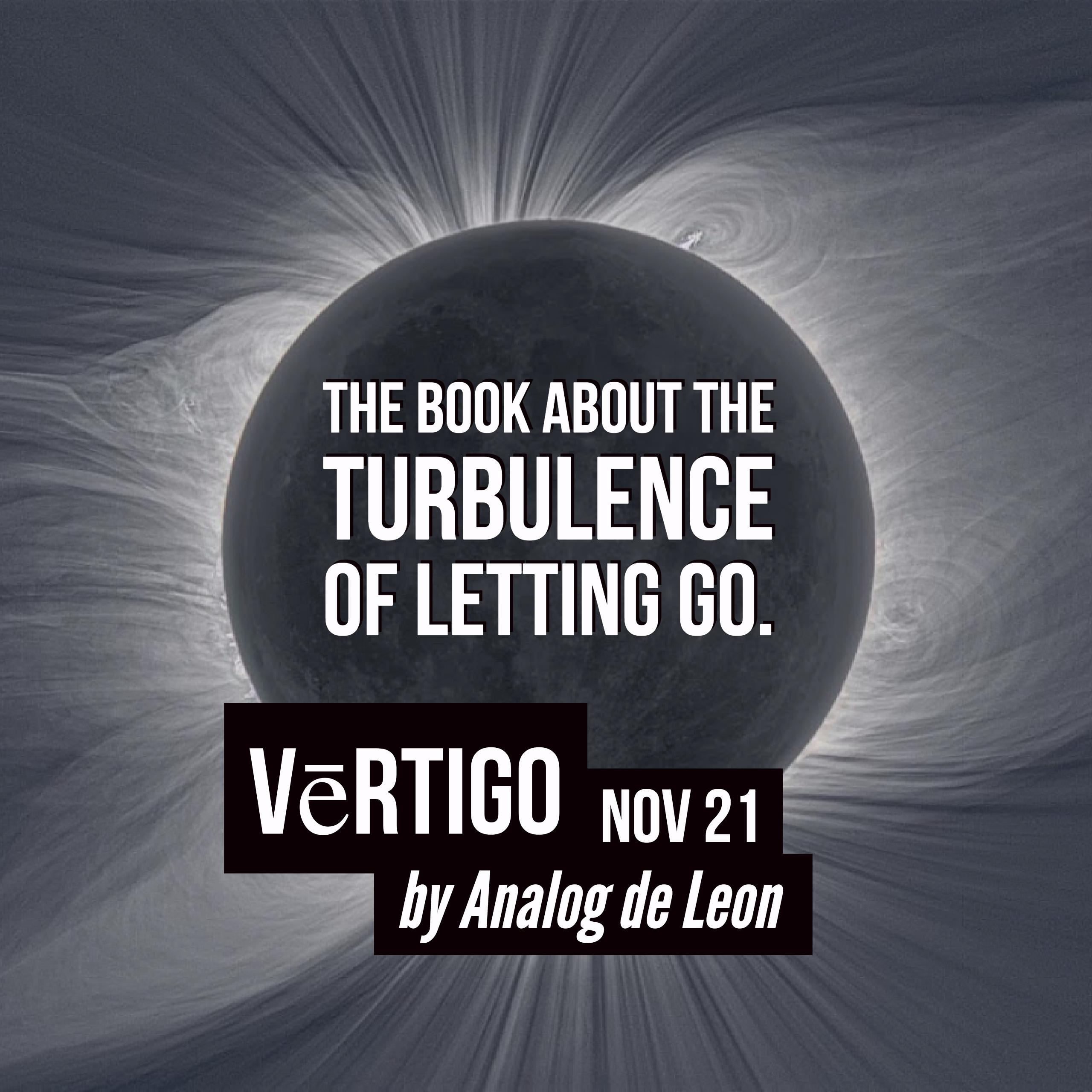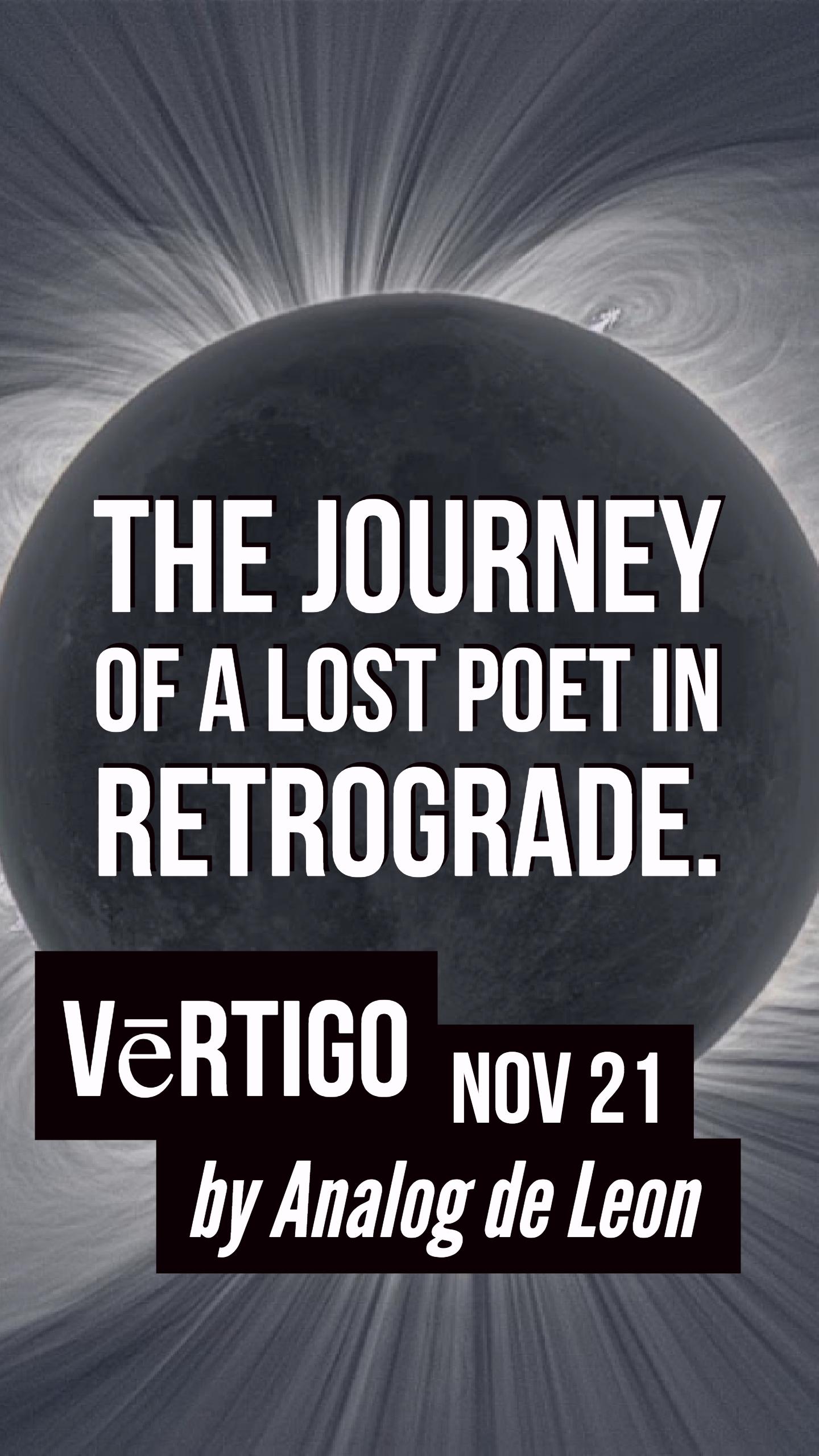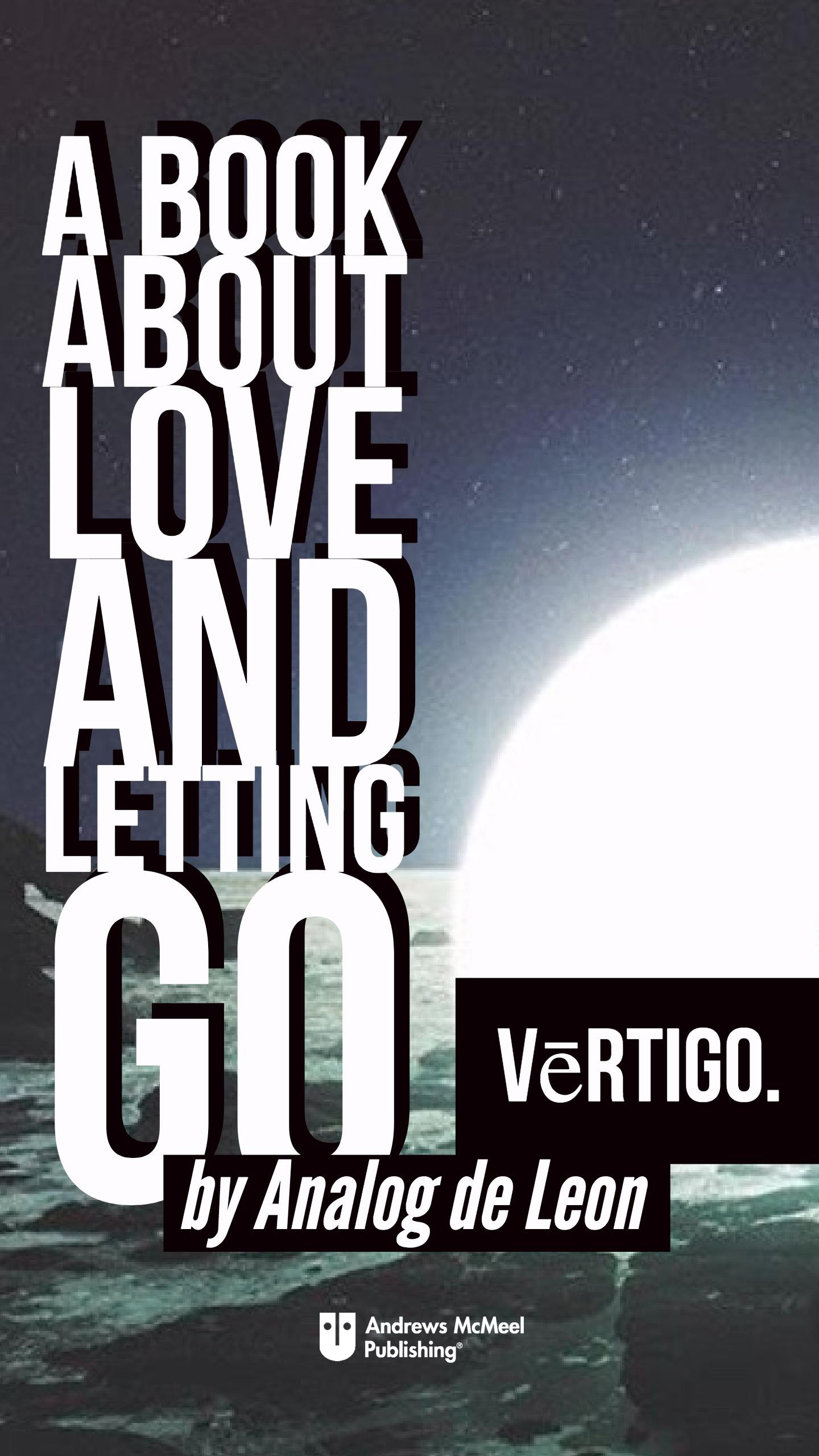“When love awakens in your life, in the night of your heart, it is
like the dawn breaking within you.”
—JOHN O’DONOHUE
John O’Donohue thought a flickering candle in a dark
room to be the most beautiful scene the universe could
possess. This image never left me. When I first imagined
the mysterious candle, I saw
her. My
Anam Cara. She is an
idea that could launch a thousand ships.
Later I learned that a candle was the key that let us map
our universe.
A professor at a university once asked several of his
students to row out in boats onto a pond. He gave each
of them a candle and positioned their boats near to far
every few feet. That night they learned that light has a
brightness and a color that determines how close or far
away it is from the source. Scientists used this new idea to
calculate the size of our universe and to determine exactly
where each star is in the cosmic sea, and it taught me a
deep mystery about myself and my relationship with the
universe.
Today, the unit for the brightness or dimness of a star is
a
candle. It measures a star’s luminosity. This new science
taught us that a star moving away from the Earth appears
red and when moving toward us, a star cools to
blue.
She must be one million
red candles.
It is remarkable how a lesson hidden in a simple candle
can catalyze a massive change in our perspective and
relationship to the universe. We are no longer lost. We
have a location in the vastness.
These days when I imagine a candle dancing on a
cave wall, I see a deep mystery. A foreign belly dancer
unfolding on the rocks, serving my fascination with full
awareness. I can’t look away. I see God in the flickering
light.
Powerful ideas and symbols live and evolve in us like the
taste of wine. The more complex an idea, the more layers
of the onion. Like hieroglyphics, great symbols require
interpretation and deep inspection through a
blue filter to
unearth their light. We have to seek truth. It never leaves
us, but it waits for us to stop running and draw closer to it.
Vertigo is presented here in three parts, though it is really
just one work in three. At its root,
Vertigo attempts to
convey a sense of wholeness. It has been broken up into
individual stanzas that can be read consecutively, but
Vertigo is really just one epic style poem.
The illustrations tell the story of a turbulent journey from
separation to oneness, that has taken me more than a
decade to distill, and it also chronicles two weeks of my
life one February when the dawn broke within me. It’s
interesting how the phases of the moon leave a fingerprint
in time, a unique record for each day in the sky.
Vertigo was inspired by O’Donohue’s curious candle and
St. Simeon Stylites, a Syrian who lived for several years
on a small platform atop a pillar—the final stand against a
great tide of darkness. It is a story that has been stirring in
me for more than a decade. A map for a lost generation of
anxious people holding on for life as the train of progress
careens violently forward into midnight.
This brave new age is trying desperately to convince us
that we are digital, that our humanity is not of the earth
but of the air, of the Wi-Fi and the radio waves, of the 4Gs
and the AIs. If you take anything from this book, I hope it
is a deeper presence with yourself and the people in your life. When I learned to unplug and be present, I was
taught a great secret. My greatest hope is that
Vertigo
encourages you to seek out the white space in your days,
those moments of clarity with the wind that restore your
soul and guide your steps.
Vertigo is about the relationship between love and light,
loss and darkness, our humanity and the infinite. These
relationships don’t seem definable as an intellectual
process, as if the fabric that connects them is encrypted
and can’t be accessed or understood without examining
it with some higher human function.
Vertigo is a book about letting go.
“Each mind fabricates itself. We sense its limits for we have made them.”
—RILKE
“Reach. Never stop reaching.
When you think
there is nothing left to grab,
there is always more.
The universe is infinite
and still unfolding,
and even as you see creation undone,
it is all the while
birthing something new,
something further,
something reachable.”
-- Analog (My First Poem)









